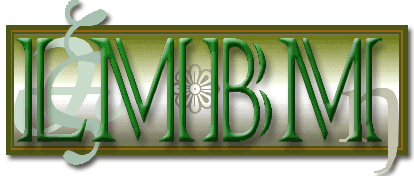A functional L-derivation is one which incorporates a grammatical feature, such as a case feature, from an underlying base structure. LMBM assumes that the Base Component is a categorial component which generates structures with functional category features in them—something along the lines of Chomsky (
1965). When these structures reach the lexicon, the lexicon may operate on them if they contain no more lexical items than are allowed in the compounds of a given language. An English NP, then, with an embedded relative clause may be reduced to a N if the NP contains only one lexeme and no more than one Case feature. See example (1-3) above, for an example of such a functional derivation. It is important to note that LMBM assumes that Ps are not lexical items but a type of adjectival pronoun. As a pronoun, they are generated in syntax as functional categories and are therefore available for incorporation in L-derivations, as the Subject function is incorporated in (1-3). This accounts for the fact that functional L-derivations generally express the same functions as Case systems, i.e.

